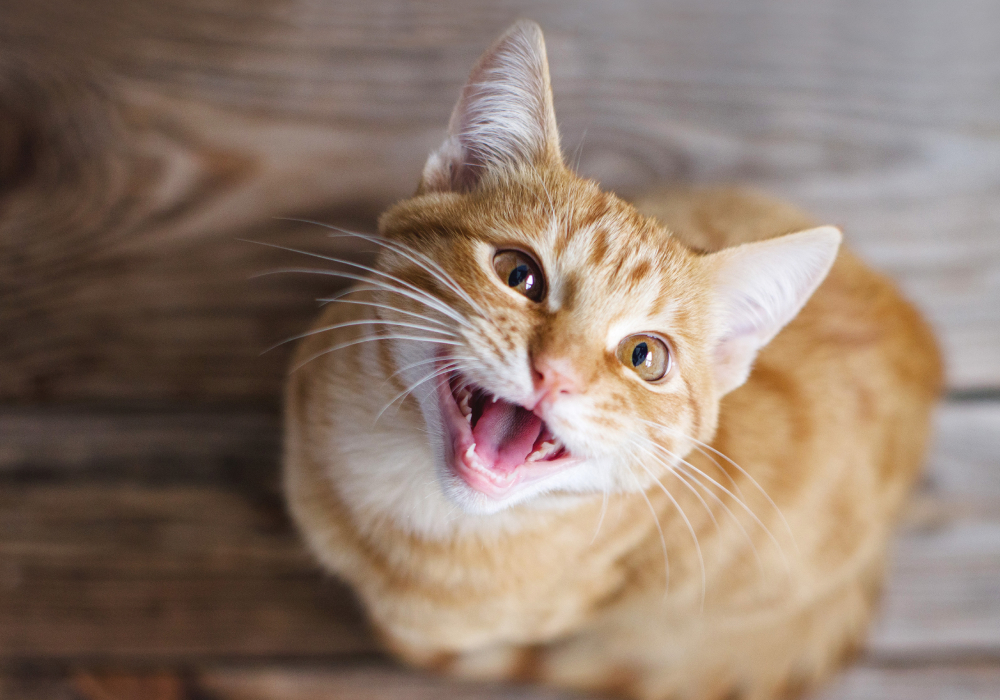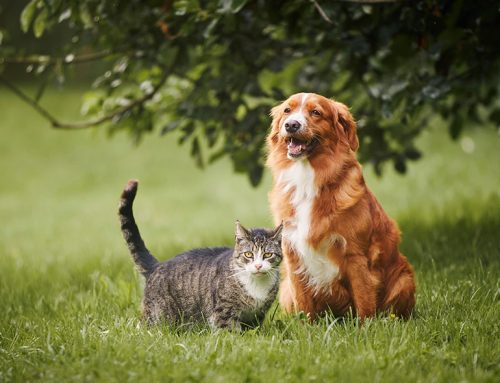Pet owners often underestimate the impact of dental health on their furry friends. Beyond fresh breath, proper dental care is crucial for a pet’s overall well-being. In this blog, we’ll delve into common dental issues affecting pets and offer practical tips on prevention.
Common Pet Dental Issues:
- Dental Plaque and Tartar Buildup: Dental plaque is a soft, sticky film that develops on the surface of your pet’s teeth. It consists of bacteria, food particles, and saliva. When your pet consumes food, especially ones high in sugars and starches, it creates an environment where bacteria thrive. These bacteria release acids that, when combined with saliva, form plaque on the teeth. Over time, if not removed through regular brushing or professional cleaning, plaque hardens into tartar or dental calculus.
- Bacteria and Dental Issues: Bacteria play a pivotal role in dental issues for pets. As plaque accumulates on the teeth, bacteria multiply and produce harmful acids. These acids can erode tooth enamel, leading to cavities, and contribute to gum inflammation.
- Gingivitis and its Early Signs: Gingivitis is an inflammation of the gums, typically caused by the presence of plaque and bacteria along the gumline. When plaque is not adequately removed, it irritates the gums, causing them to become red, swollen, and sensitive. Gingivitis is an early stage of gum disease and, fortunately, is reversible with proper dental care.
- Periodontal Disease and its Stages: If gingivitis is left untreated, it can progress to periodontal disease. In this advanced stage, the inflammation extends beyond the gums and affects the supporting structures of the teeth, including the ligaments and jawbone.
- Tooth Decay and Cavities in Pets: Tooth decay in pets is often influenced by a combination of factors, including diet, oral hygiene, and genetic predispositions. Diets high in sugars and carbohydrates contribute to the growth of cavity-causing bacteria.
Signs of Dental Problems in Pets:
- Bad Breath: Bad breath, also known as halitosis, is a common indicator of dental issues in pets. The presence of bacteria in the mouth, especially when combined with plaque and tartar buildup, can lead to unpleasant odors.
- Changes in Eating Habits: Dental problems can affect a pet’s ability to eat comfortably. If you notice changes in your pet’s eating habits, such as reluctance to eat, chewing on one side of the mouth, dropping food, or taking longer to finish meals, it could be indicative of dental discomfort.
- Pawing at the Mouth or Face: Pets may exhibit behavior indicating oral discomfort by pawing at their mouth or face. This behavior is a response to pain, irritation, or itching in the oral cavity.
- Red or Bleeding Gums: Inflamed or bleeding gums are clear signs of gum disease, such as gingivitis. Healthy gums should be pink, firm, and free from bleeding.
Tips for Preventing Pet Dental Issues:
- Brushing Your Pet’s Teeth: Regular tooth brushing is one of the most effective ways to prevent dental issues in pets. Use a pet-specific toothbrush and toothpaste to gently brush your pet’s teeth.
- Dental-Friendly Toys and Treats: Provide your pet with toys and treats specifically designed to promote dental health. Chewing helps remove plaque and stimulate saliva production.
- Balanced Diet for Dental Health: Feed your pet a balanced and nutritious diet that supports dental health. Some specially formulated pet foods contain ingredients that help reduce plaque and tartar buildup.
- Regular At-Home Oral Inspections: Conduct regular at-home oral inspections to monitor your pet’s dental health. Look for signs of redness, swelling, or bleeding gums.
- Professional Dental Check-Ups: Schedule regular veterinary check-ups, where your veterinarian will examine your pet’s teeth. Professional dental cleanings are usually recommended for pets over a few years old.







Leave A Comment